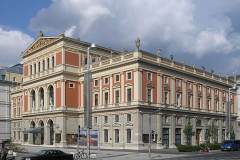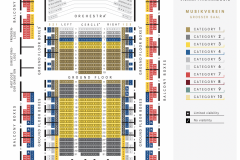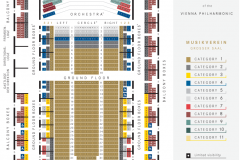Vienna in Strauss and Braus
Mo | Tu | We | Th | Fr | Sa | Su |
3 program pillars. That's how Strauss sees it.
With this enormous range of themes, artistic performances and city-wide events, we celebrate the diversity and cultural vibrancy of Vienna, where Strauss makes a big impression on 365 days. Here we range from classic Strauss concerts and operettas to contemporary pop music and performance art.
PURE - VIENNA, MY MEANING
Original Strauss music in top-class concerts. This column provides the nucleus of the entire festival year and shows the uniqueness of Johann Strauss' timeless compositional art: pure, unedited in its magnificent orchestration, its enchanting melodies, which continue to trigger new enthusiasm in the world to this day.
March 29, 2025 | Vienna Music Association
Operetta pastiche with Vienna Philharmonic, conductor Christian Thielemann, tenor Piotr Beczała, among others.
MIX - ENJOY YOUR LIFE
This is where things are distilled, processed and reassembled: you take Strauss' music, his operettas and themes from his art and his life and build something completely new out of them or around them. So on Bat Day you have the chance to immerse yourself in the world of bats. Strauss will be presented as an exciting mix for a broad audience at the Danube Island Festival.
From February 15, 2025 | Diana bath
World premiere with theater ensemble Nesterval, based on the Danube Waltz and operetta Princess Ninetta
OFF - INCREASED PULSE
Here we catapult Strauss' music into completely new dimensions: inspired by his operetta characters, for example, there is a light installation around his monument in the city park. We track him down in his grave and lure him above ground with a happening. This extraordinary whirlwind of wild spin-offs opens up spaces beyond the usual theater and concert scene.
From March 21, 2025 | city Park
Light installation with 7 female roles from Strauss operettas
Program and cast
Musikverein Golden Hall
This building is located on Dumbastraße/Bösendorferstraße behind the Hotel Imperial near the Ringstraße boulevard and the Wien River, between Bösendorferstraße and Karlsplatz. However, since Bösendorferstraße is a relatively small street, the building is better known as being between Karlsplatz and Kärntner Ring (part of Ringstraße loop). It was erected as the new concert hall run by the Gesellschaft der Musikfreunde, on a piece of land provided by Emperor Franz Joseph I of Austria in 1863. The plans were designed by Danish architect Theophil Hansen in the Neoclassical style of an ancient Greek temple, including a concert hall as well as a smaller chamber music hall. The building was inaugurated on 6 January, 1870. A major donor was Nikolaus Dumba whose name the Austrian government gave to one of the streets surrounding the Musikverein.
Great Hall - Golden Hall
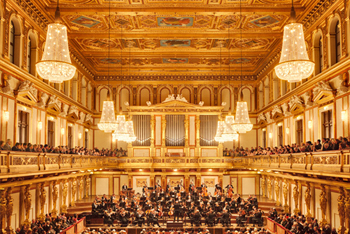 “As high as any expectations could be, they would still be exceeded by the first impression of the hall which displays an architectural beauty and a stylish splendour making it the only one of its kind.” This was the reaction of the press to the opening of the new Musikverein building and the first concert in the Großer Musikvereinssaal on 6 January 1870.
“As high as any expectations could be, they would still be exceeded by the first impression of the hall which displays an architectural beauty and a stylish splendour making it the only one of its kind.” This was the reaction of the press to the opening of the new Musikverein building and the first concert in the Großer Musikvereinssaal on 6 January 1870.
The impression must have been overwhelming – so overwhelming that Vienna’s leading critic, Eduard Hanslick, irritatingly brought up the question of whether this Großer Musikvereinssaal “was not too sparkling and magnificent for a concert hall”. “From all sides spring gold and colours.”
Brahms Hall
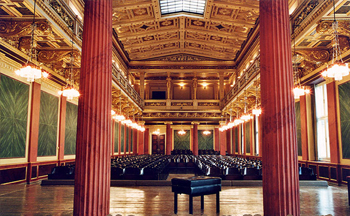 "In order not to promise too much it can be said that it has been made into the most beautiful, most magnificent, perfect example of a chamber concert hall that any of us knows in the world.” This was the reaction of a Vienna daily newspaper in October 1993 as the Brahms-Saal was presented to the public after extensive renovation work.
"In order not to promise too much it can be said that it has been made into the most beautiful, most magnificent, perfect example of a chamber concert hall that any of us knows in the world.” This was the reaction of a Vienna daily newspaper in October 1993 as the Brahms-Saal was presented to the public after extensive renovation work.
The surprise was perfect. It was a completely new hall. In contrast to the Grosse Musikvereinssaal, the Brahms-Saal had changed its appearance quite considerably over the years. When and how it acquired that slightly melancholy duskiness that was known to music lovers before 1993 cannot be precisely documented.
Glass Hall
 As a venue for events from concerts to luxury banquets, the Glass Hall / Magna Auditorium is not only the largest of the Musikverein's 4 new halls but also the most flexible in terms of usage.
As a venue for events from concerts to luxury banquets, the Glass Hall / Magna Auditorium is not only the largest of the Musikverein's 4 new halls but also the most flexible in terms of usage.
Hub podiums enable the smooth transformation of the concert hall into a conference centre, the cinema into a ballroom, or the stage into a catwalk. State-of-the-art equipment for sound, lighting, video and widescreen digital projection provide the ideal conditions for half-scenic productions.
The Glass Hall / Magna Auditorium was designed by the Viennese architect Wilhelm Holzbauer. With a height of 8 metres, the hall (including the gallery) can play host to up to 380 visitors.

 EN
EN DE
DE IT
IT FR
FR ES
ES RU
RU JP
JP RO
RO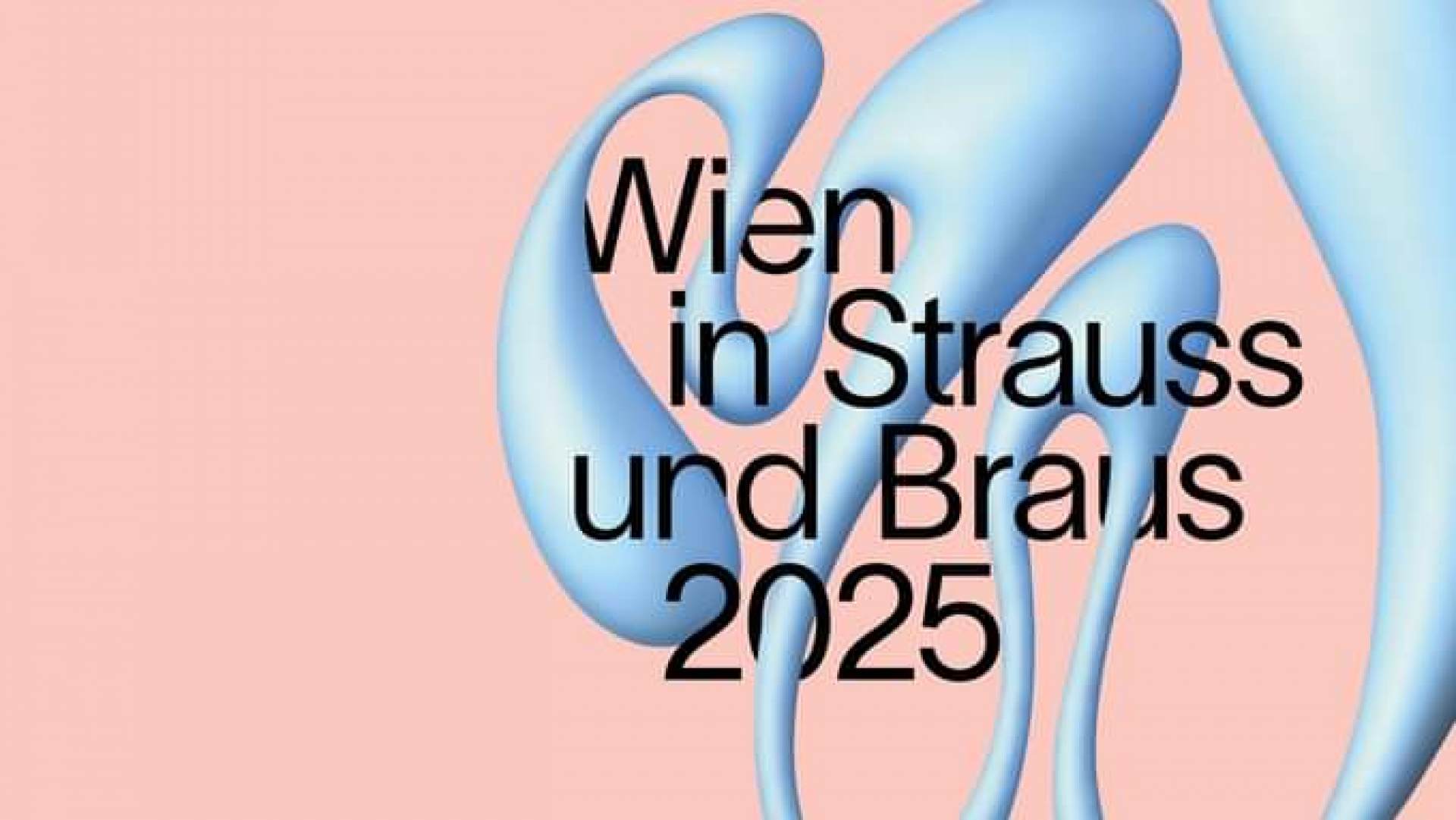
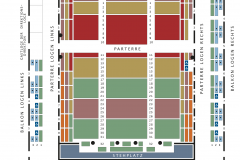 Seating plan
Seating plan 